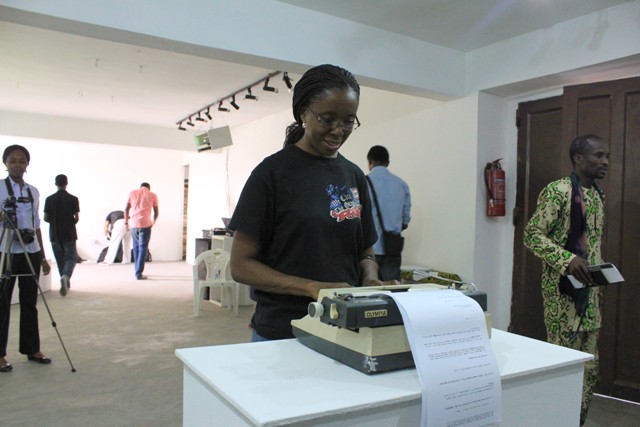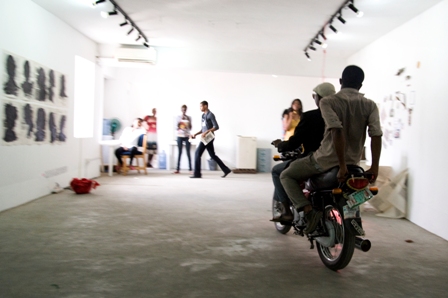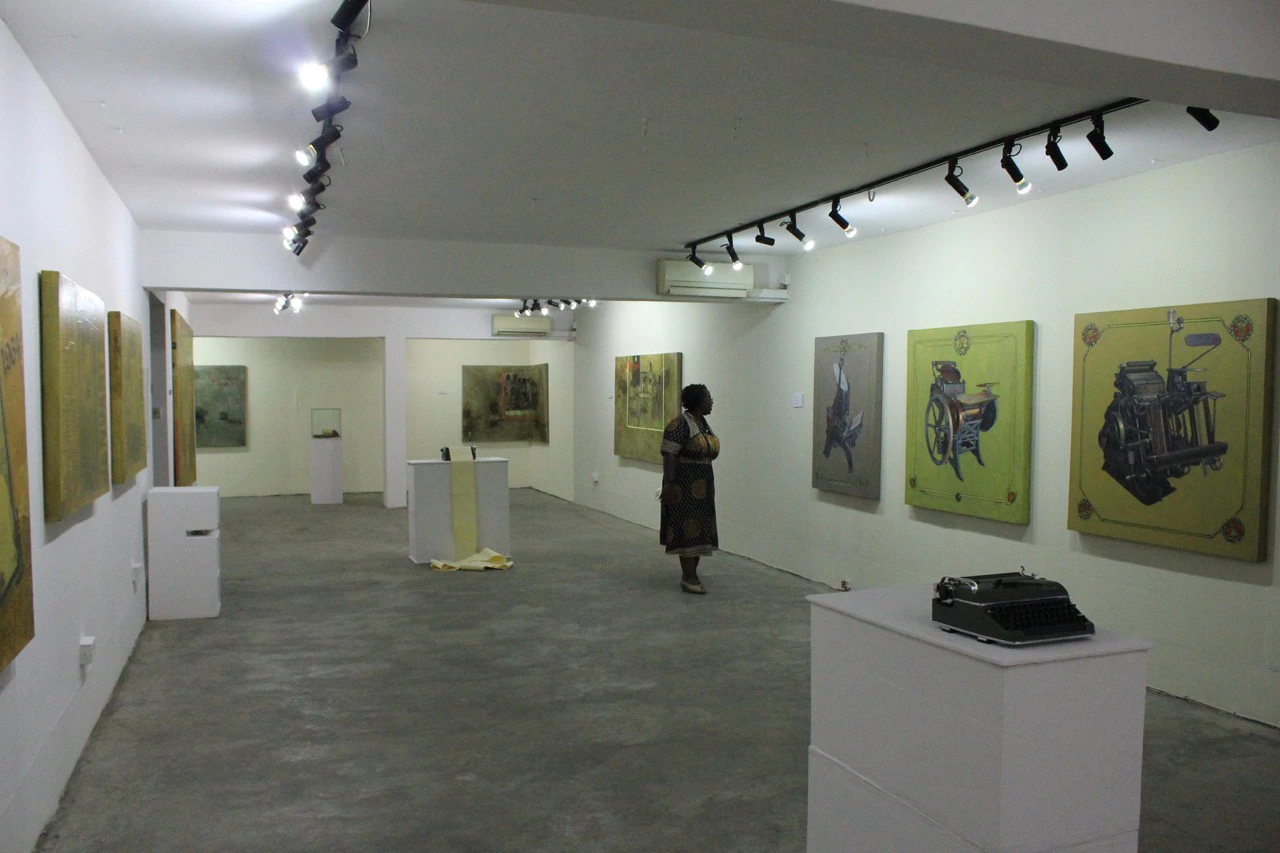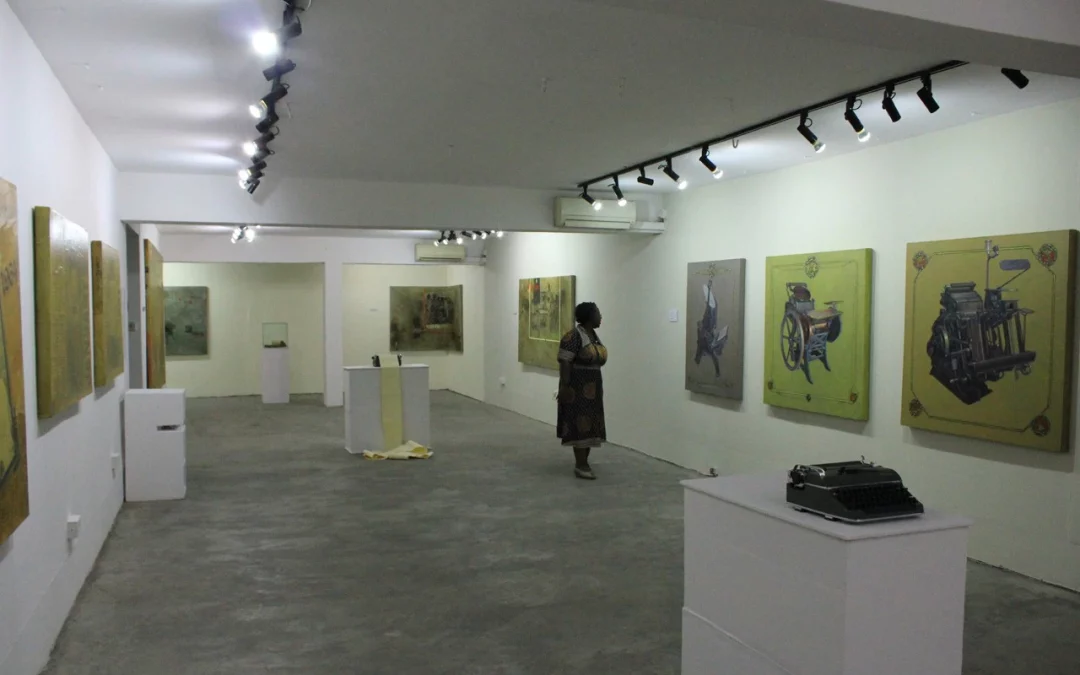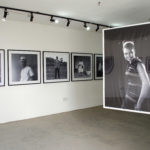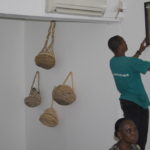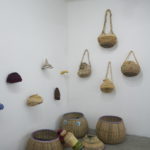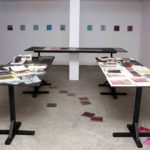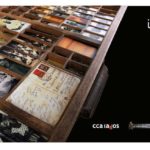Exhibition by: Kelani Abass
Asiko: Evoking Personal Narratives and Collective History is the third solo exhibition by Kelani Abass. In this new body of works he explores the possibilities inherent in painting, photography and printing, strategies already suggested in his 2009 solo exhibition Man and Machine. In Asiko, he highlights personal stories against the background of social and political events built around three interrelated bodies of work which also engage time and memory.
The Centre for Contemporary Art, Lagos is pleased to present the third solo exhibition by Kelani Abass,Àsìkò: Evoking Personal Narratives and Collective History. In this body of new works he explores the possibilities inherent in painting, photography and printing, strategies already suggested in his 2009 solo exhibition Man and Machine. In Àsìkò, he highlights personal stories against the background of social and political events built around three interrelated bodies of work which also engage time and memory. The first and most symbolic is the “Family Portrait” series. Instead of portraits of people, an object—the first typewriter purchased by his mother to start the family printing business—is used to signify the beginning of the story of the family’s trajectory. In the three paintings that constitute this series, the painted image of the printing press is positioned full frontal and centrally reinforcing the importance of the object and the way in which time is inextricably implicated through technological developments and its symbolic entanglement with the family history.
In the second body of paintings, the “Calendar” series, Kelani appropriates the template of the ‘Bomode Oku,’ an engaging way of telling stories and remembering events that have happened in a community. As a child, Kelani recalls clients coming to the family printing press with images of a loved one (usually deceased) and asking for a ‘Bomode Oku’ calendar that highlights the story of their town and community. Kelani pays homage to this form of archiving and remembering and uses it for his own purposes in the “Calendar” series by superimposing within the painting images of his late father, maternal grandfather, and grandmother to create his own family ‘Bomode Oku.’ In addition he acknowledges the history of the family’s origin in Abeokuta by creating calendars of two important Yoruba Kings, Oba Gbadebo I and Oba Ademola II, whose reign in the late 19th and early 20th century had an impact on the southwest region of Nigeria.
The last series, “Family Album,” are large paintings embedded with photographs that place the nuclear family within the group at social gatherings and important events. By making a private narrative part of the social collective, he comments on the universal reality of his experience. In these paintings the images of the past and present, analogue and digital, painting and photograph coalesce seamlessly, conflating space, time, and medium. Àsìkò, meaning time in Yoruba, is a nostalgic as well as a cathartic tribute to a father whose, despite the passage of time, memory remains embedded in the fabric of the present. This is most visible with the inclusion of a book of “knowledge,” a material witness to the thoughts, ideas, encounters of the artist’s late father, Alhaji Sumola Ajani Kelani.
The arrival of Kelani Abass at this personal and professional juncture can be better understood through the local context and environment in which the works are created. Àsìkò is a critical and artistic milestone that has accumulated over the past four years through a search for a personal visual language borne out of lived experiences. He looked for and took advantage of opportunities that involved exploring, experimenting, collaboration, research and critical thinking. As with many painters, Kelani uses photography as a preparatory tool for their work but very few artists in Nigeria have placed it on the same level as painting reinforced hierarchical barriers between the “art” of painting and mechanical procedure of photography. Could the breaking down of these barriers, which is evidenced in this body of work, signal a new departure in the relationship between painting and photography in Nigeria? On this occasion painting is presented with photography, printing and even the performative not as a support but as part of the expanded field of contemporary art practice. Kelani is dissolving the boundaries and constraints of his educational background and artistic environment, allowing himself to weave a complex narrative of fact, fiction, mediums and materials that comment on the family, technology, time history and politics.
Kelani Abass (1979) studied at the Yaba College of Art and Technology, graduating in painting with distinction. Since then he has had two solo exhibitions, Paradigm Shift (2009) and Man and Machine(2011). He has taken part in several group exhibitions in Nigeria and South Africa. Kelani has won several awards and prizes including 1st prize in painting of the Caterina de Medici/3rd Black Heritage Prize (2010), the Yusuf Grillo Award for best painting student at Yabatech (2007). He has taken part in several residencies and workshops and is a member of the Society of Nigerian Artists.
Kelani Abass, Àsìkò: Evoking Personal Narratives and Collective History is curated by Bisi Silva and co-curated by Jude Anogwih. The exhibition is accompanied by a full-colour illustrated catalogue with text by Bisi Silva, Jerry Buhari, Kunle Filani and an interview with Jude Anogwih.

